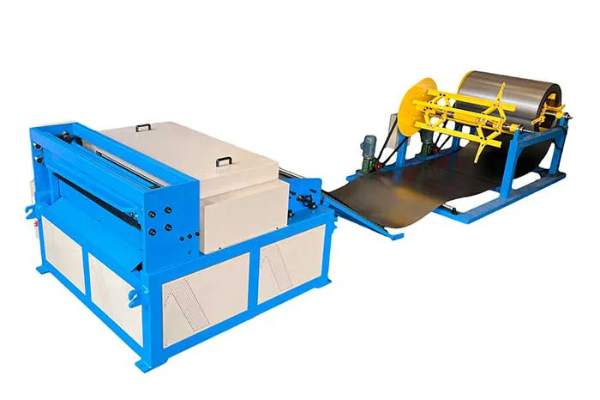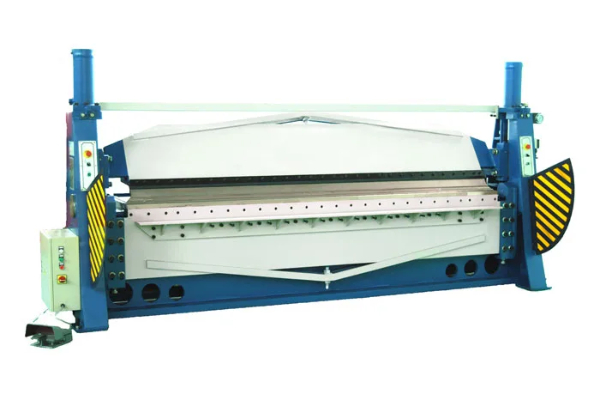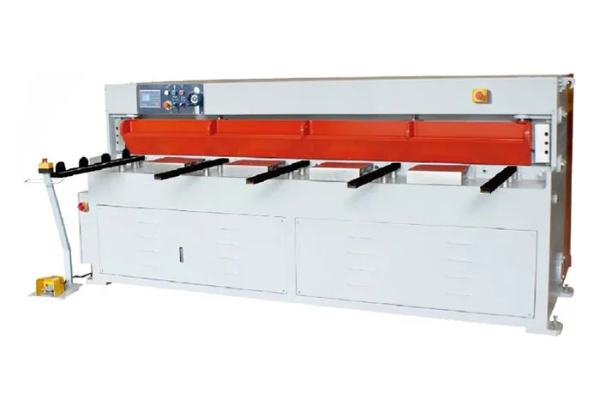
How to Achieve Precision with Metal Sheet Forming Machines
- By:Metmac
- 2024-07-17
- 70
Metal sheet forming machines play a crucial role in various industries, including automotive, aerospace, and electronics. These machines manipulate sheet metal into complex shapes with high precision to meet the stringent requirements of these industries. Achieving precision in metal sheet forming is essential for ensuring the structural integrity, functionality, and aesthetic appeal of the final products. This article provides a comprehensive guide on various aspects and methodologies to achieve precision with metal sheet forming machines.
Material Selection
The choice of metal material significantly impacts the formability and precision achievable during forming. Metals with higher ductility, such as aluminum, stainless steel, and titanium, generally have better formability and allow for tighter tolerances. Selecting the appropriate material based on the desired shape and precision requirements is crucial.
Proper Machine Calibration
Precision metal sheet forming requires accurate machine calibration. Regularly calibrating the machine’s tooling, hydraulic systems, and sensors ensures optimal performance and consistent results. Regular calibration prevents machine drift and minimizes the likelihood of errors or defects.
Tooling Selection and Maintenance
The selection and maintenance of forming tools play a critical role in achieving precision. Choosing the correct tooling for the specific material and shape requirements is essential. Proper tool maintenance, including regular cleaning, lubrication, and replacement when necessary, ensures their functionality and accuracy.
Process Control
Precision metal sheet forming requires precise control over various process parameters, including forming force, speed, and temperature. Advanced control systems monitor and adjust these parameters in real-time to mitigate variations and maintain consistent results.
Finite Element Analysis (FEA)
FEA simulations can provide valuable insights into the forming process, identifying potential areas of deformation and failure. By simulating the forming process virtually, designers can optimize tooling design, material selection, and process parameters to achieve the desired shape and precision.
Quality Assurance
Rigorous quality assurance measures are essential to ensure that the final formed parts meet the specified precision requirements. Non-destructive testing methods, such as dimensional measurement, surface inspection, and ultrasonic testing, can be employed to verify the accuracy and integrity of the formed parts.
Conclusion
Achieving precision with metal sheet forming machines requires a multifaceted approach that encompasses material selection, proper machine calibration, tooling optimization, process control, FEA simulations, and quality assurance. By adhering to these guidelines, manufacturers can ensure the production of high-precision metal sheet formed parts that meet the demanding requirements of modern industries. Maintaining precision in metal sheet forming is an ongoing process that requires continuous improvement, innovation, and adherence to best practices.
-
Reliable Sheet Metal Equipment for Sale to Support Precision Fabrication
2025/07/17 -
Advanced Duct Machine AC and Fabrication Solutions from Metmac
2025/07/12 -
The Advantages of Using a Sheet Roll Forming Machine in Manufacturing
2024/09/14 -
How to Optimize Your Laser Sheet Cutting Machine for Maximum Performance
2024/09/12
-
Precision Sheet Metal Shearing and Forming Machines for Efficient Steel Processing
2025/08/02 -
Versatile Sheet Metal Equipment and Press Machines for Precision Fabrication
2025/08/02 -
High-Precision Solutions for Sheet Metal: Laser Cutting and Folding Machines
2025/08/02 -
Innovative Solutions from Leading Duct Machine Manufacturers
2025/07/21
-
A Guide to the Latest Innovations in Sheet Metal Folding Machines
2024/11/29 -
Key Features to Consider When Investing in a Sheet Metal Folding Machine
2024/11/28 -
Enhancing Precision with Advanced Sheet Metal Folding Machines
2024/11/27 -
How to Choose the Right Sheet Metal Folding Machine for Your Workshop
2024/11/26





